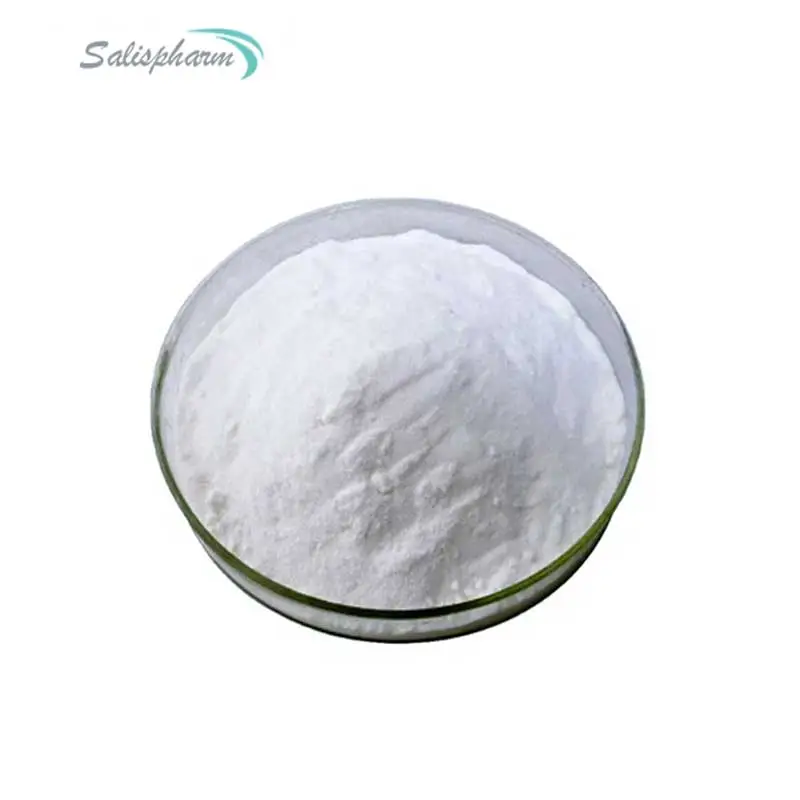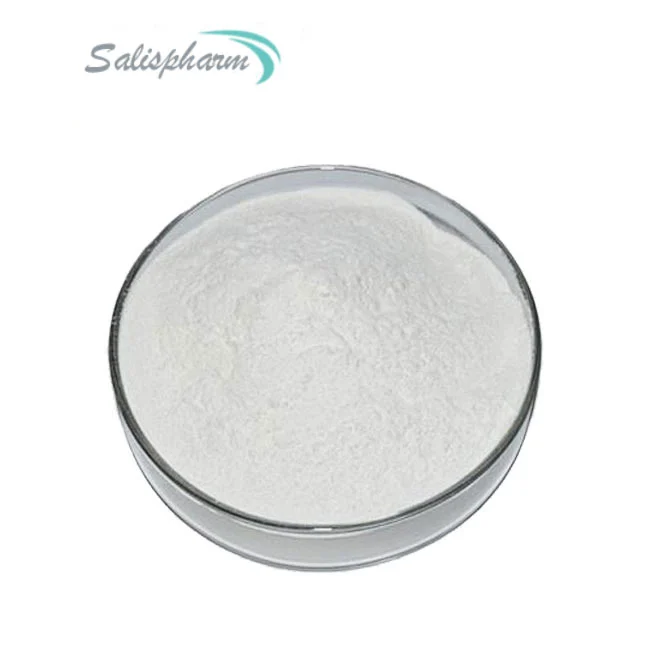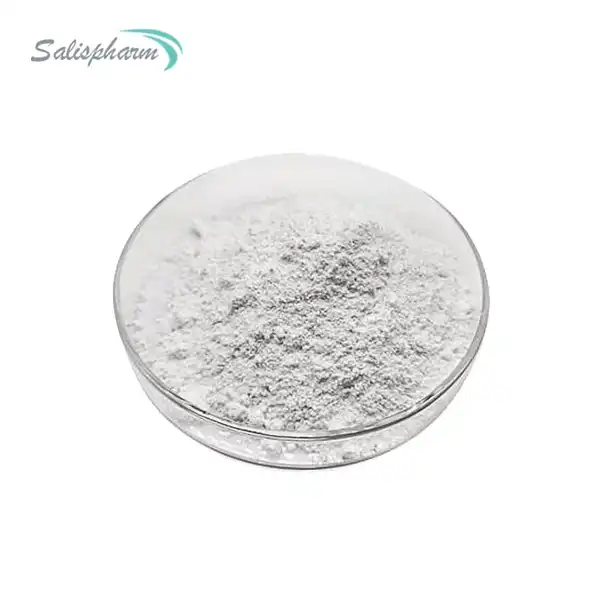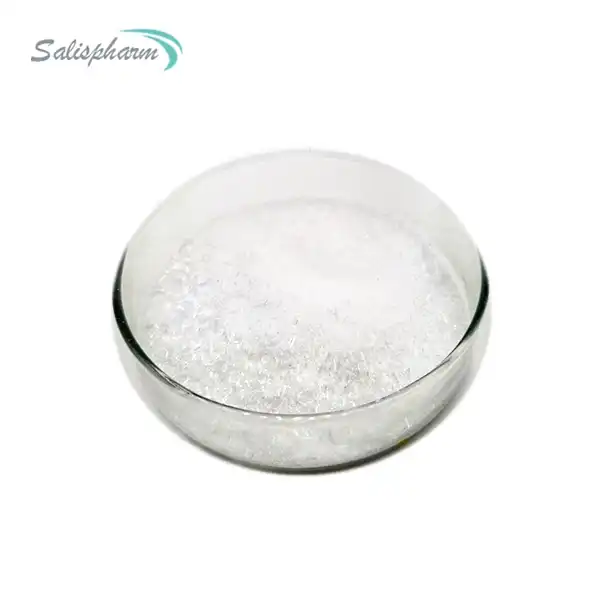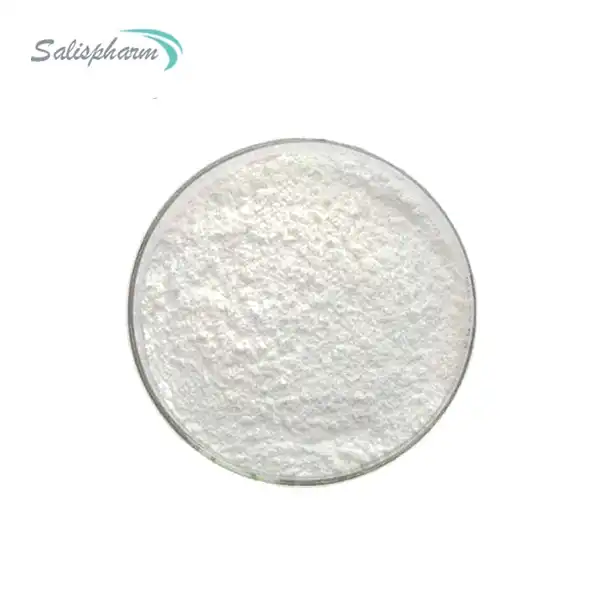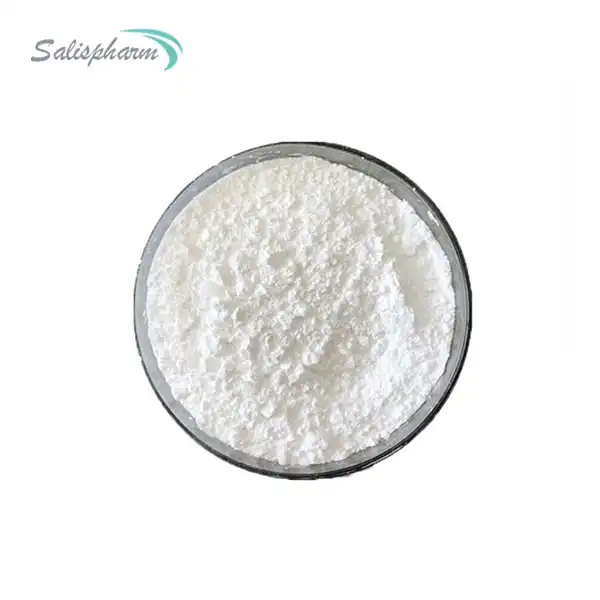Colchicine powder is a potent medication derived from the autumn crocus plant, scientifically known as Colchicum autumnale. This ancient remedy has been used for centuries to treat various inflammatory conditions, most notably gout. In modern medicine, colchicine has gained recognition for its unique mechanism of action within the body. This blog post delves into the intricate workings of colchicine powder, exploring its effects on cellular processes and its role in managing inflammatory disorders.
What are the primary uses of colchicine powder?
Colchicine powder has a wide range of applications in medical treatment, primarily focusing on inflammatory and metabolic disorders. Its most well-known use is in the management of gout, a form of arthritis characterized by sudden, severe attacks of pain, swelling, redness, and tenderness in joints. Gout occurs when uric acid crystals accumulate in the joints, triggering an inflammatory response. Colchicine works by interfering with the body's inflammatory reaction to these crystals, providing relief from acute gout attacks and preventing future flare-ups.
Beyond gout, colchicine has shown efficacy in treating other conditions. It is used in the management of familial Mediterranean fever (FMF), a genetic disorder characterized by recurrent episodes of fever and inflammation in the abdomen, chest, or joints. Colchicine helps reduce the frequency and severity of FMF attacks, significantly improving patients' quality of life.
In recent years, research has expanded the potential applications of colchicine. It has been investigated for its role in treating pericarditis, an inflammation of the membrane surrounding the heart. Studies have shown that colchicine can reduce the risk of recurrent episodes of pericarditis and alleviate associated symptoms.
Furthermore, colchicine has been explored as a potential treatment for other inflammatory conditions, including Behçet's disease, a rare disorder causing blood vessel inflammation throughout the body. Some physicians also prescribe colchicine off-label for conditions such as pseudogout, a form of arthritis similar to gout but caused by different crystals.
The versatility of colchicine in addressing various inflammatory conditions stems from its unique mechanism of action at the cellular level. By targeting fundamental processes involved in inflammation, colchicine offers a broad spectrum of therapeutic potential. As research continues, it's likely that new applications for this ancient remedy will be discovered, further expanding its role in modern medicine.
How does colchicine powder affect cellular processes?
Colchicine powder exerts its effects through a complex interaction with cellular processes, primarily targeting the cytoskeleton of cells. The cytoskeleton is a network of protein filaments that provides structural support and enables various cellular functions, including cell division, movement, and intracellular transport. Colchicine's primary mechanism of action involves its interaction with tubulin, a protein that forms microtubules, which are essential components of the cytoskeleton.
When colchicine enters the body, it binds to tubulin molecules, preventing them from polymerizing into microtubules. This disruption of microtubule formation has far-reaching consequences for cellular function, particularly in rapidly dividing cells and those involved in the inflammatory response.
One of the most significant effects of colchicine on cellular processes is its impact on neutrophils, a type of white blood cell crucial in the inflammatory response. Neutrophils rely on microtubules for various functions, including migration to sites of inflammation and the release of inflammatory mediators. By disrupting microtubule formation, colchicine impairs neutrophil motility and chemotaxis, effectively reducing their ability to reach inflamed tissues.
Moreover, colchicine interferes with the assembly and stability of the inflammasome, a multiprotein complex within cells that plays a central role in the inflammatory response. The inflammasome is responsible for activating pro-inflammatory cytokines, such as interleukin-1β (IL-1β). By destabilizing the inflammasome, colchicine reduces the production and release of these inflammatory mediators, thereby dampening the overall inflammatory response.
Colchicine also affects other cellular processes that contribute to inflammation. It inhibits the release of histamine-containing granules from mast cells, which are involved in allergic and inflammatory reactions. Additionally, colchicine has been shown to reduce the expression of adhesion molecules on endothelial cells, which are important for the recruitment of inflammatory cells to sites of inflammation.
The effects of colchicine on cellular processes extend beyond its anti-inflammatory properties. By interfering with microtubule formation, colchicine can inhibit cell division, which explains its historical use as a medication to treat certain types of cancer. However, this same mechanism also accounts for some of its potential side effects, particularly when used in high doses or for prolonged periods.
Understanding the intricate ways in which colchicine affects cellular processes not only explains its therapeutic efficacy but also provides insights into potential new applications and the development of more targeted treatments for inflammatory disorders.
What is the recommended dosage for colchicine powder?
Determining the appropriate dosage of colchicine powder is crucial for maximizing its therapeutic benefits while minimizing potential side effects. The recommended dosage can vary depending on the specific condition being treated, the patient's overall health status, and other individual factors. It's important to note that colchicine has a narrow therapeutic index, meaning the difference between an effective dose and a potentially toxic dose is relatively small. Therefore, precise dosing under medical supervision is essential.
For the treatment of acute gout attacks, the typical dosing regimen has evolved over time to favor lower doses that maintain efficacy while reducing the risk of adverse effects. The current recommended approach often involves an initial dose of 1.2 mg at the first sign of a gout flare, followed by 0.6 mg one hour later. This regimen may be repeated daily or every other day until the attack subsides, but should not exceed a maximum of 1.8 mg over a one-hour period or 3 mg over a 24-hour period.
For gout prophylaxis or the prevention of recurrent gout attacks, a lower daily dose is typically prescribed. This usually ranges from 0.5 mg to 1.2 mg per day, depending on the patient's response and tolerance. Some patients may benefit from alternate-day dosing or even less frequent administration.
In the case of familial Mediterranean fever (FMF), dosing is often based on age and body weight. Adults typically start with 1.2 to 2.4 mg daily, which may be divided into two doses. Children and adolescents may receive lower doses, usually calculated based on body weight, with adjustments made according to response and tolerability.
For other conditions, such as pericarditis or Behçet's disease, dosing regimens can vary widely and are often determined on a case-by-case basis. In these instances, physicians may start with lower doses and gradually increase as needed while monitoring for efficacy and side effects.
It's crucial to emphasize that colchicine dosing should always be individualized. Factors such as renal function, liver function, age, and concomitant medications can significantly impact how colchicine is metabolized and eliminated from the body. Patients with impaired kidney or liver function may require dose adjustments to prevent accumulation of the drug and potential toxicity.
Moreover, certain medications can interact with colchicine, affecting its concentration in the body. For example, drugs that inhibit CYP3A4 or P-glycoprotein, two important systems involved in colchicine metabolism and transport, can increase colchicine levels and potentially lead to toxicity. In such cases, dose reductions or alternative treatments may be necessary.
The importance of adherence to prescribed dosing cannot be overstated. Patients should be educated about the risks of overdose and the signs of colchicine toxicity, which can include gastrointestinal symptoms, muscle weakness, and in severe cases, multi-organ failure. They should also be instructed to avoid self-adjusting their dose and to consult their healthcare provider before making any changes to their treatment regimen.
In conclusion, while colchicine powder is a powerful and effective medication for various inflammatory conditions, its dosing requires careful consideration and ongoing monitoring. The goal is to achieve the maximum therapeutic benefit while minimizing the risk of adverse effects, underscoring the importance of personalized medicine in the use of this ancient yet still relevant treatment.
If you are also interested in this product and want to know more product details, or want to know about other related products, please feel free to contact iceyqiang@aliyun.com.
References
1. Dalbeth, N., Lauterio, T. J., & Wolfe, H. R. (2014). Mechanism of action of colchicine in the treatment of gout. Clinical therapeutics, 36(10), 1465-1479.
2. Slobodnick, A., Shah, B., Pillinger, M. H., & Krasnokutsky, S. (2015). Colchicine: old and new. The American journal of medicine, 128(5), 461-470.
3. Leung, Y. Y., Yao Hui, L. L., & Kraus, V. B. (2015). Colchicine—Update on mechanisms of action and therapeutic uses. Seminars in arthritis and rheumatism, 45(3), 341-350.
4. Nerlekar, N., Beale, A., & Harper, R. W. (2014). Colchicine—a short history of an ancient drug. The Medical journal of Australia, 201(11), 687-688.
5. Cocco, G., Chu, D. C., & Pandolfi, S. (2010). Colchicine in clinical medicine. A guide for internists. European journal of internal medicine, 21(6), 503-508.
6. Deftereos, S., Giannopoulos, G., Papoutsidakis, N., Panagopoulou, V., Kossyvakis, C., Raisakis, K., ... & Stefanadis, C. (2013). Colchicine and the heart: pushing the envelope. Journal of the American College of Cardiology, 62(20), 1817-1825.
7. Nuki, G., & Simkin, P. A. (2006). A concise history of gout and hyperuricemia and their treatment. Arthritis research & therapy, 8(1), 1-5.
8. Roubille, F., Kritikou, E., Busseuil, D., Barrere-Lemaire, S., & Tardif, J. C. (2013). Colchicine: an old wine in a new bottle?. Anti-inflammatory & anti-allergy agents in medicinal chemistry, 12(1), 14-23.
9. Imazio, M., Bobbio, M., Cecchi, E., Demarie, D., Demichelis, B., Pomari, F., ... & Trinchero, R. (2005). Colchicine in addition to conventional therapy for acute pericarditis: results of the COlchicine for acute PEricarditis (COPE) trial. Circulation, 112(13), 2012-2016.
10. Ben-Chetrit, E., & Levy, M. (1998). Familial Mediterranean fever. The Lancet, 351(9103), 659-664.



